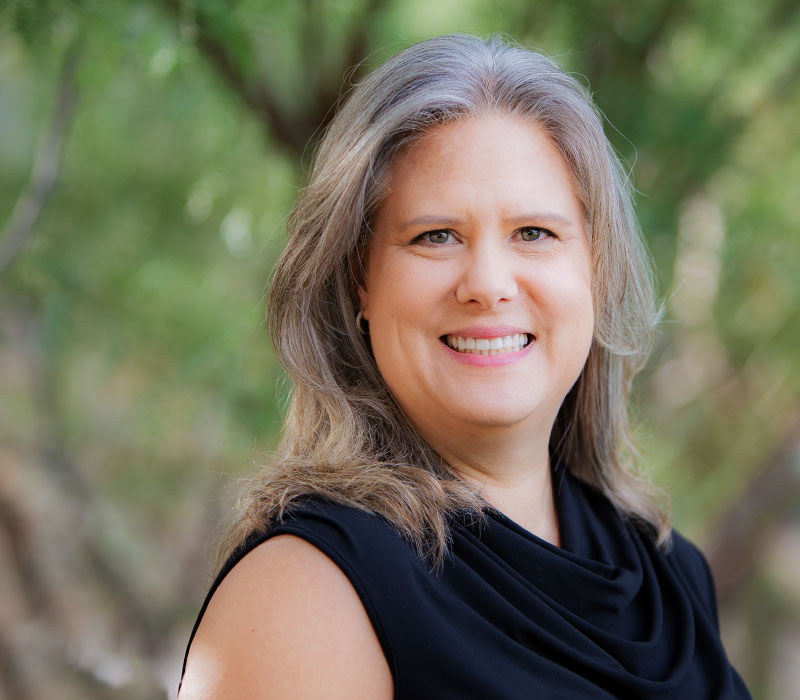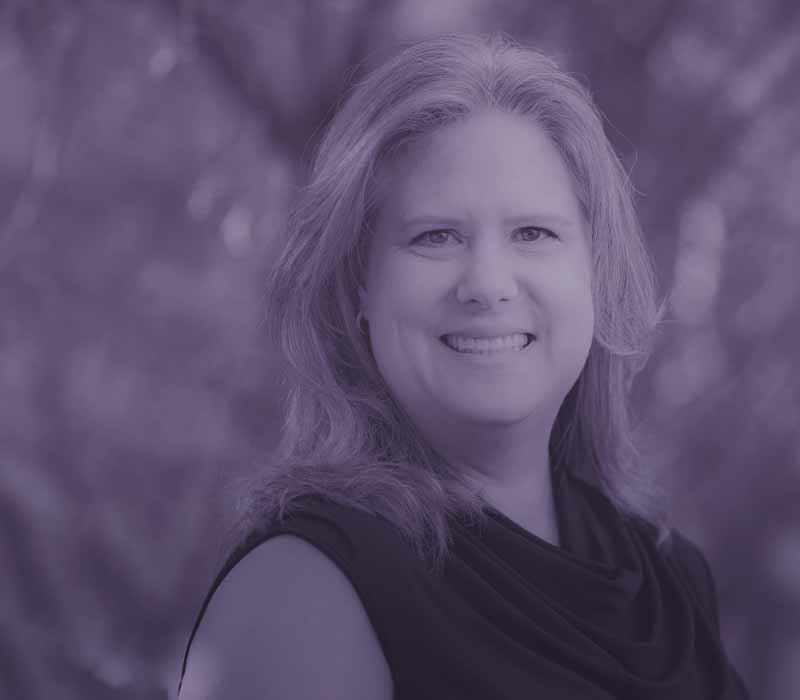1. Only business pages can advertise.
The first thing to know about Facebook is that a business page is different from a personal page, and only a business page can run an ad.
Here is a sample business page:
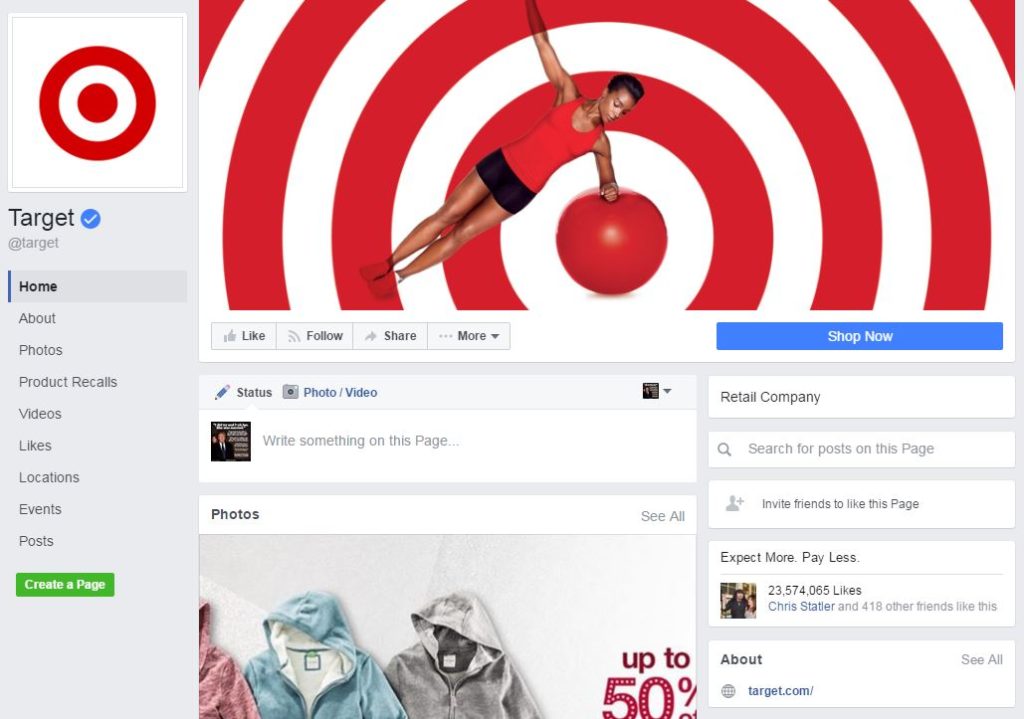
Just like with any advertising platform, an established brand or big-box retailer has an easier time conveying an advertising message that people will respond to. After all, they have already spent years and millions of dollars on advertising to build their brand up, so they’ve already carved out a “share of mind” among consumers.
But that doesn’t mean the financial advisor should ignore this powerful medium.
2. Your current and prospective clients will search for you.
Your prospects don’t know about your compliance or content constraints, they just expect you to have a presence on Facebook. Quantum recommends and creates strong, branded imagery for our financial advisor partners. Additionally, Quantum offers organic (free) posting twice a week so that if a client searches for you by name on Facebook, they will see that your firm is legitimate, active and posting on a regular basis.
So why advertise when you can have a Facebook business page presence and post for free?
3. Facebook has algorithms.
For financial advisors who want to do more than be found by brand name, it’s important to know that Facebook’s proprietary algorithms (mathematical formulas) “decide” what gets presented in the newsfeed of each Facebook member. Most experts who study social media have concluded that the Facebook newsfeed favors posts from personal profiles, videos and photos. Most business page organic (free) posts are not seen by people who have liked a page.
This is probably the most compelling reason to consider advertising on Facebook.
4. Facebook offers dozens of different ways for business pages to advertise on its platform.
You can advertise on Facebook to increase your business page “likes.” You can “boost” a particular post. Or you can advertise specifically to reach a certain geographic area, or demographic age group, asset or income level, sending people who click on your ad to a landing page or a special page on your website.
There are many options based on your advertising campaign objective. And Facebook ads can show up on the top right, within the newsfeed itself, on mobile, on mobile partner sites and on Instagram, if you so desire.
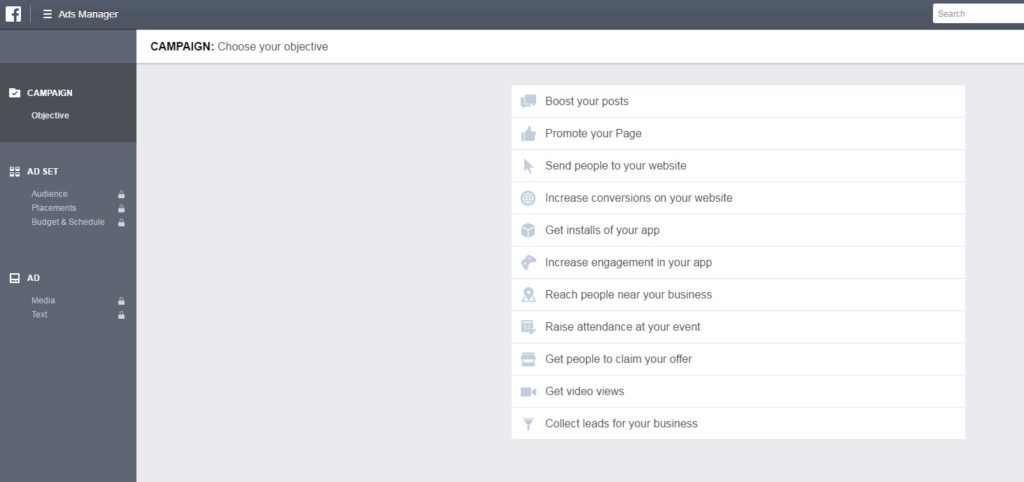
5. Don’t expect immediate results.
If you are selling the world’s best mittens right on the coldest day of the year, you might see immediate sales results from one Facebook ad. Otherwise, Facebook advertising is like other forms of advertising—it takes a consistent presence and enough advertising frequency for your target audience to first notice your ad, then begin trusting your firm and consider your brand legitimate and relevant.
That being said, you could try this powerful medium for name recognition and image/brand-building in your geographic area. After all, even brands like Target started somewhere. You can think of it like a billboard or a building standing in your neighborhood. If your brand name begins to become known by your target audience, your next ad campaign is likely to be more successful−and garner results more quickly.
6. Facebook is still number one.
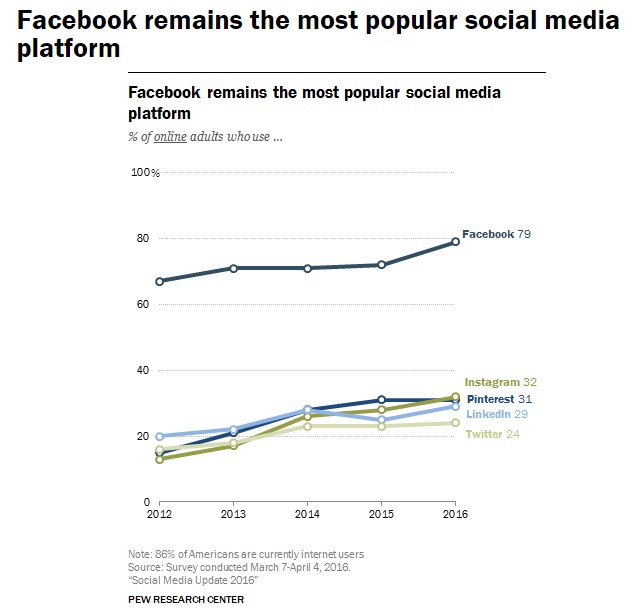
When it comes to social media platforms, Facebook is still the most popular according to a Pew Research Center study conducted March 7 – April 4, 2016.1
If you are going to spend money on digital advertising on social media to reach adult consumers, Facebook reaches the most people. And since it allows geographic and demographic targeting, you’ll spend money only on the audience that most closely matches your client profile. (Pricing is based on your market area and size of audience selected.)
###
If you’d like to find out more about whether Facebook advertising might be right for you, call Quantum at 800. 440.1088. We’re happy to help our partners with this and many other strategic marketing services.
FOR FINANCIAL PROFESSIONAL USE ONLY – NOT FOR USE WITH THE PUBLIC
Source:
1 Pew Research Center, “Social Media Update 2016,” by Shannon Greenwood, Andrew Perrin and Maeve Duggan, pewinternet.org, http://www.pewinternet.org/2016/11/11/social-media-update-2016/ (accessed January 9, 2017).







